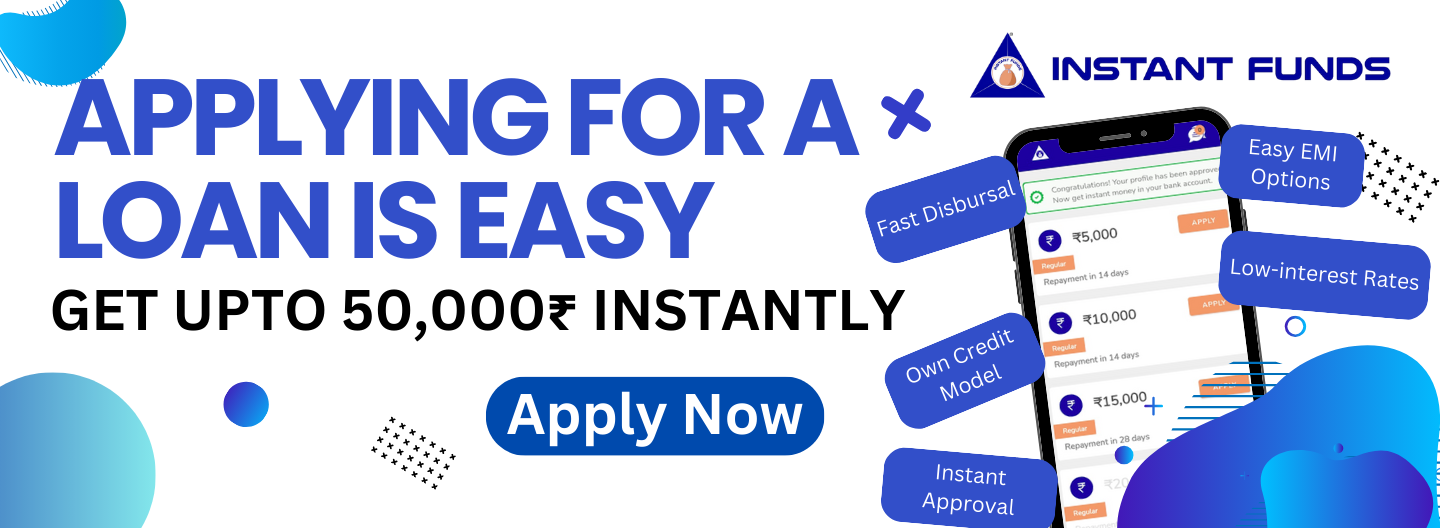Piyush Gupta 27 Sep, 2024
What Will Money Look Like in the Future?
The future of money is likely to be shaped by advancements in technology, societal changes, and evolving financial systems. Here are a few potential ways money might look and function in the future:
1. Digital Currencies
- Central Bank Digital Currencies (CBDCs): Governments and central banks may issue digital currencies to replace or complement physical cash. These CBDCs would function much like traditional money but exist purely in digital form, with benefits like improved transaction speed and traceability.
- Cryptocurrencies: Cryptocurrencies such as Bitcoin, Ethereum, and others might play a larger role in the economy. As blockchain technology becomes more secure and scalable, decentralized finance (DeFi) may challenge traditional banking systems, giving people more control over their assets.
2. Cashless Society
- The future could see the end of physical cash, with almost all transactions being digital. Mobile payments, digital wallets, and contactless payment methods (like QR codes or biometrics) are becoming the norm. This trend would accelerate as more infrastructure is built to support cashless payments globally.
3. Programmable Money
- In a future where blockchain or other advanced technologies dominate, money could become programmable. "Smart contracts" could automate transactions under certain conditions, for example, paying for goods only when they are delivered, or releasing funds once specific requirements are met.
4. Universal Basic Income (UBI)
- With automation displacing jobs, some speculate that universal basic income (UBI) could be introduced to ensure financial stability. This money might be distributed digitally, perhaps using CBDCs or blockchain-based tokens, and automatically deposited into citizens' accounts.
5. Biometric and AI-Driven Payments
- In the future, physical wallets might disappear entirely, with payments being authenticated via biometric data (fingerprints, retinal scans, or voice recognition). AI may assist in managing personal finances, automatically making purchases, investments, or savings decisions based on individual preferences and needs.
6. Decentralized and Peer-to-Peer Systems
- Decentralized financial systems (DeFi) might dominate, where users transact directly with each other without intermediaries like banks or governments. Peer-to-peer payments and lending systems could become more popular, powered by smart contracts and blockchain technology.
7. Tokenized Assets
- Physical and digital assets might be tokenized, allowing fractional ownership and easy trade of things like real estate, art, and intellectual property. These tokens would likely represent value that could be exchanged much like currency today, facilitating a broader view of what "money" represents.
8. Artificial Intelligence-Generated Currencies
- AI might one day create its own currencies to serve as units of exchange in machine-to-machine transactions, especially in an economy where AI, robots, and IoT (Internet of Things) devices handle much of the production and service delivery.
9. Environmental and Sustainable Money
- There could be a shift toward currencies that are designed to incentivize sustainable practices. For example, digital currencies that reward eco-friendly behaviors like reducing carbon footprints or participating in circular economies may be developed.
In summary, money in the future will likely be less tangible, more digital, and increasingly integrated with technology like blockchain, AI, and biometrics. It will not just be a medium of exchange but a programmable tool for facilitating, automating, and incentivizing transactions in more sophisticated ways.

